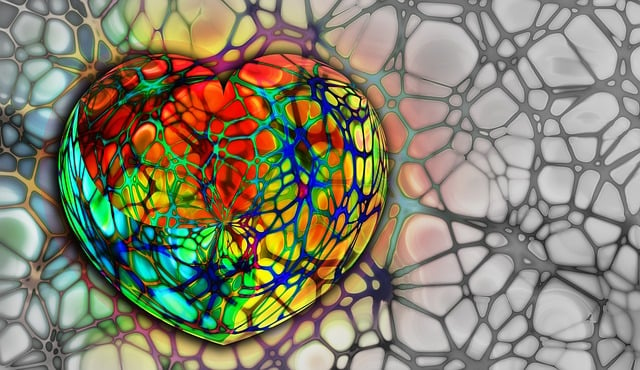Water softeners address Causes of Low Water Pressure by removing minerals from hard water, but improper sizing, lack of maintenance (like regular regeneration cycles), and component failure can lead to pressure drops. Common issues like loose connections, corroded fittings, or high water demand also contribute to low pressure. Basic troubleshooting helps resolve minor problems, while persistent issues may require resetting the softener or replacing components.
Is your water pressure dropping despite having a water softener? This guide explores the mysterious connection between these two. We delve into how water softeners work and their potential impact on your home’s water pressure. Understanding common causes of low pressure, such as mineral buildup or faulty components, is key to identifying the issue. With practical troubleshooting tips, you’ll learn how to resolve pressure problems associated with your water softener, ensuring optimal performance and flow in every faucet.
- Understanding Water Softener Functionality and Its Impact on Pressure
- Common Causes of Low Water Pressure in Your Home
- Troubleshooting Tips to Identify and Resolve Pressure Issues with Your Softener
Understanding Water Softener Functionality and Its Impact on Pressure

Water softeners are designed to remove minerals like calcium and magnesium from hard water, making it softer for use in your home. This process is crucial as it prevents mineral buildup in pipes and appliances, which can cause various issues, including reduced water pressure. Understanding how a water softener operates is essential when considering the potential causes of low water pressure.
When hard water flows through the softener’s media (like salt or resin), minerals are exchanged or removed, making the water softer. However, this process can impact water pressure. If the softener is not properly sized or maintained, it may restrict water flow, resulting in lower pressure at taps and appliances. Regular maintenance, including regeneration cycles and salt/resin replacement, ensures optimal performance and prevents pressure drops associated with inefficient softening.
Common Causes of Low Water Pressure in Your Home

Low water pressure in your home can be frustrating and often indicates an underlying issue that needs addressing. Several factors contribute to this common household problem. First, sediment buildup in pipes can restrict water flow, leading to reduced pressure throughout your plumbing system. Over time, mineral deposits accumulate, hardening and narrowing the pipe walls, which impede water movement. Another frequent cause is faulty or outdated water softeners, designed to remove minerals but sometimes hindering water flow due to improper settings or maintenance oversights. Leaks in pipes or fittings can also cause pressure drops, as water seeps out before reaching its intended outlets. Additionally, high water demand from multiple fixtures or appliances running simultaneously can temporarily reduce pressure until the system catches up.
Troubleshooting Tips to Identify and Resolve Pressure Issues with Your Softener

If your water softener is supposed to be improving your water pressure but it’s not, don’t panic – there are several common causes of low water pressure that can often be resolved with simple troubleshooting techniques. Start by checking the connections to your water softener; loose or corroded fittings can disrupt the flow and reduce pressure. Ensure all valves are fully opened, both on the softener itself and any associated pipes. Next, inspect the pressure tank; if it’s not filling up properly, air or leaks could be to blame. Check for any visible signs of damage or corrosion, and ensure the air release valve is functioning correctly.
Additionally, assess your water usage patterns; high demand at peak times can temporarily reduce pressure. If other appliances are working fine, the issue may lie solely with the softener itself. In this case, consider testing the unit to determine if it needs to be reset or replaced. Many modern softeners come equipped with diagnostic features that can pinpoint problems, making troubleshooting more efficient. Don’t forget to consult your user manual for specific guidance related to your model.
If you’re experiencing low water pressure despite having a water softener, it’s essential to investigate further. Understanding the potential causes, such as mineral buildup or faulty components within your softener, is crucial in addressing the issue effectively. By following the troubleshooting tips outlined in this article, you can identify and resolve pressure problems, ensuring your water softener operates efficiently without compromising your home’s water supply. Remember, maintaining optimal water pressure is key to a comfortable and functional living environment.
